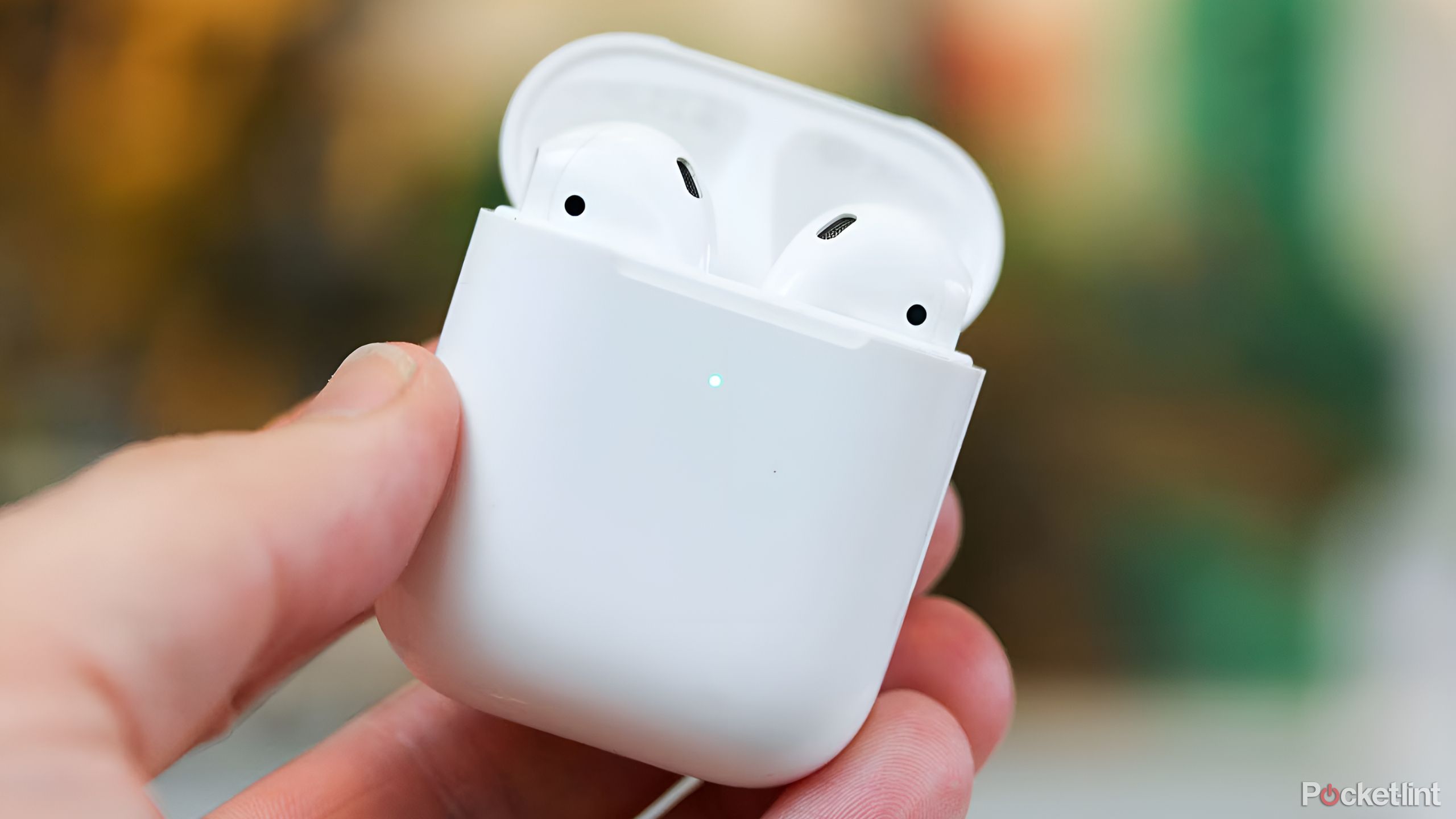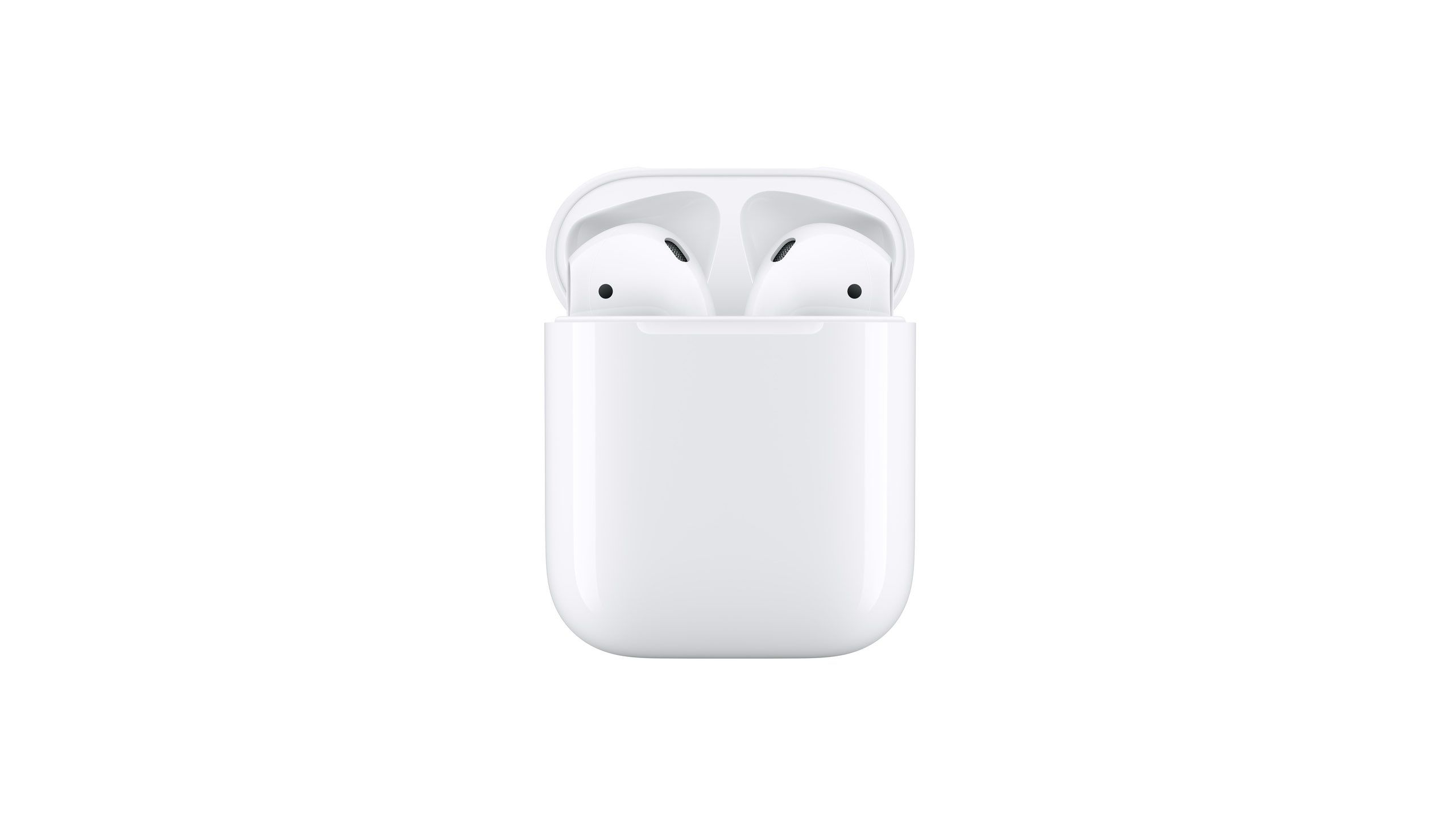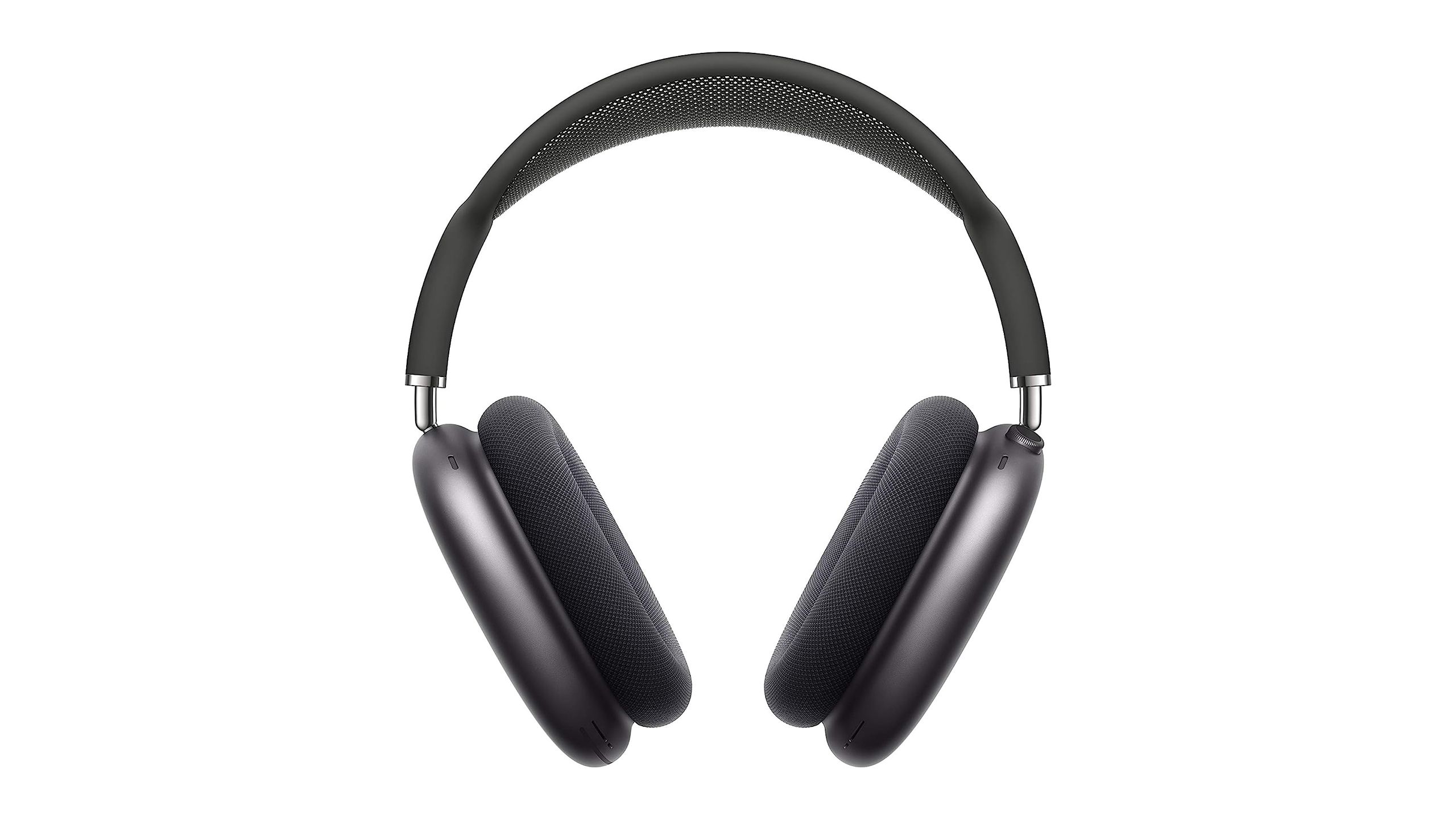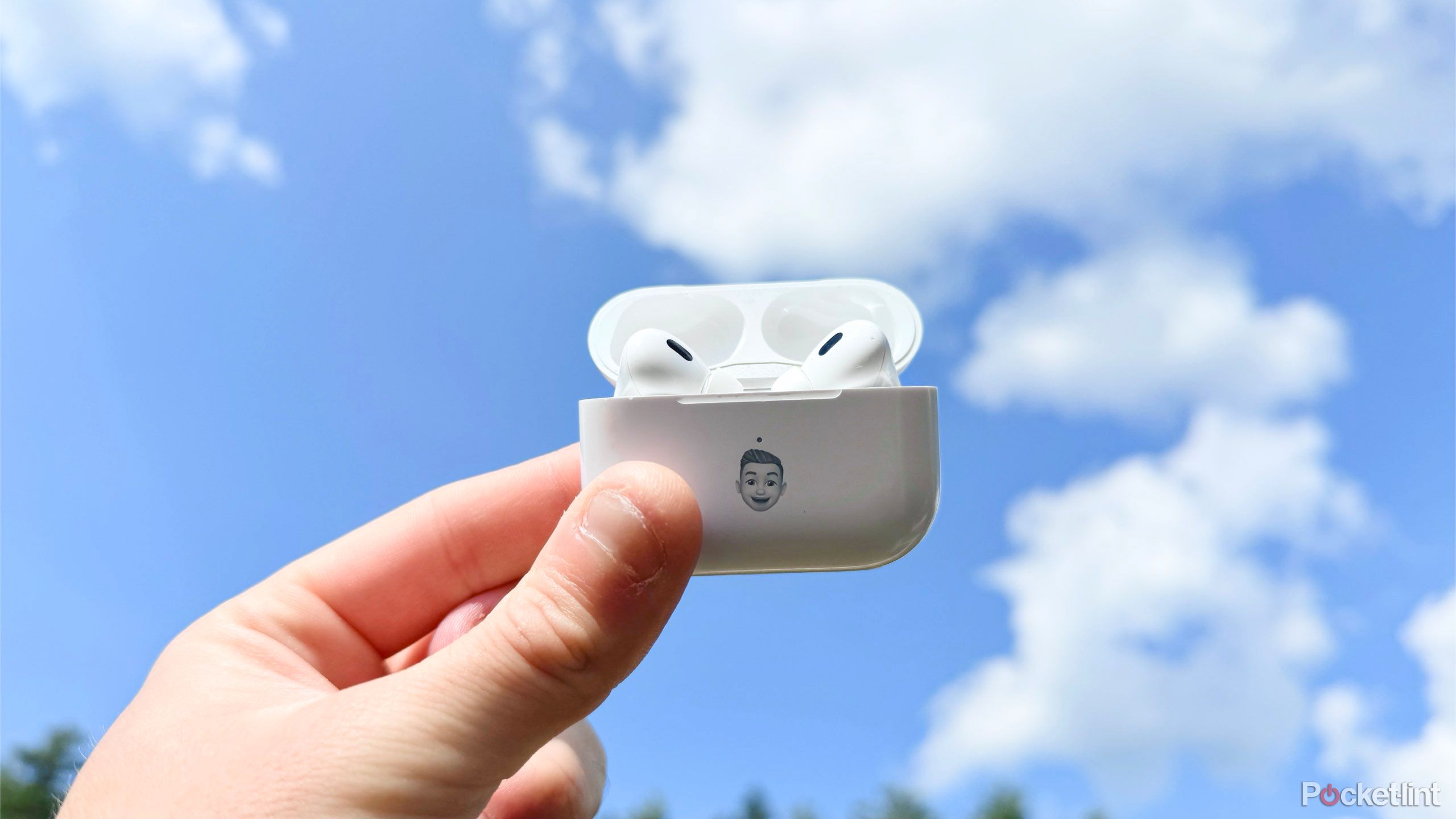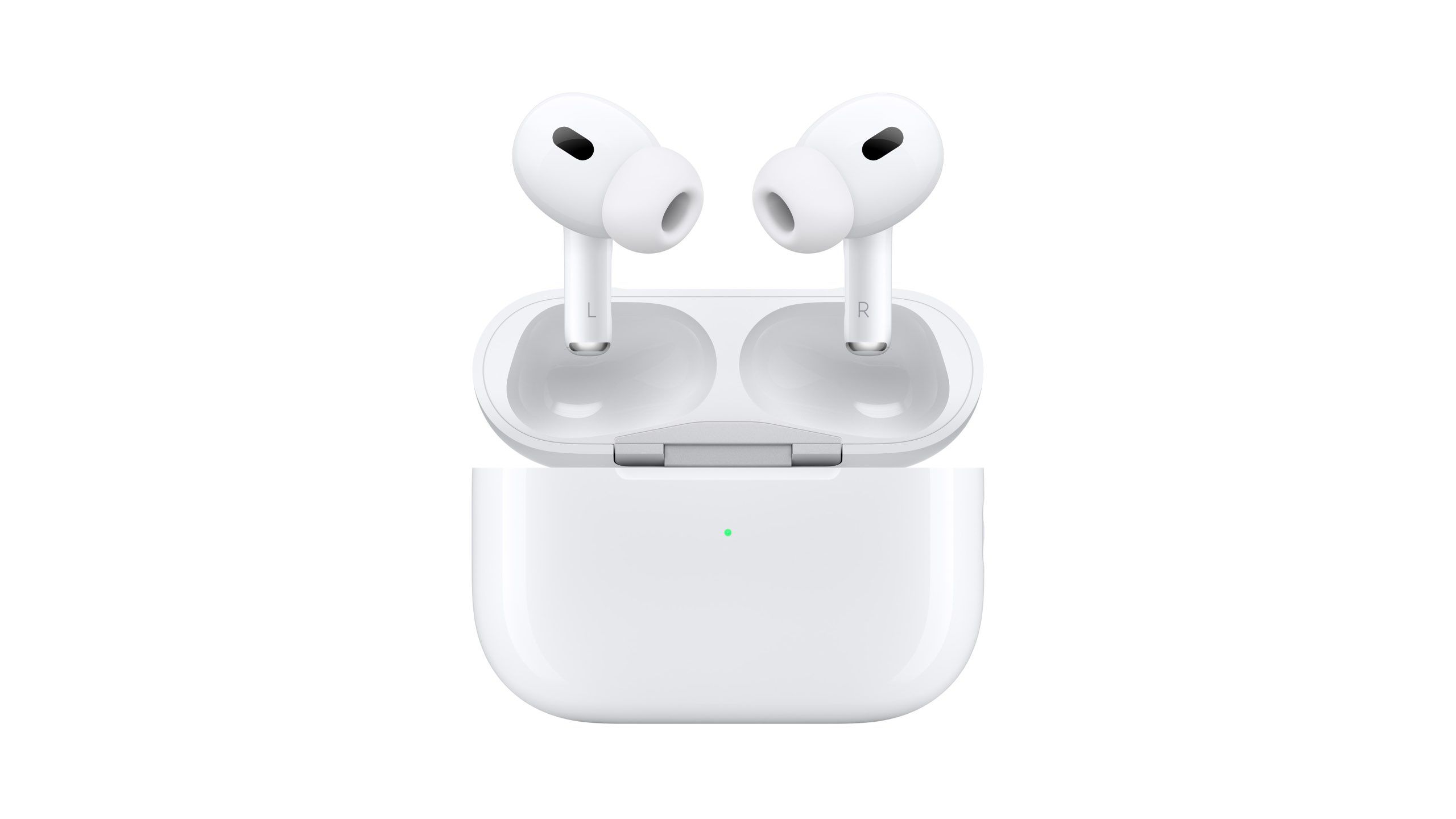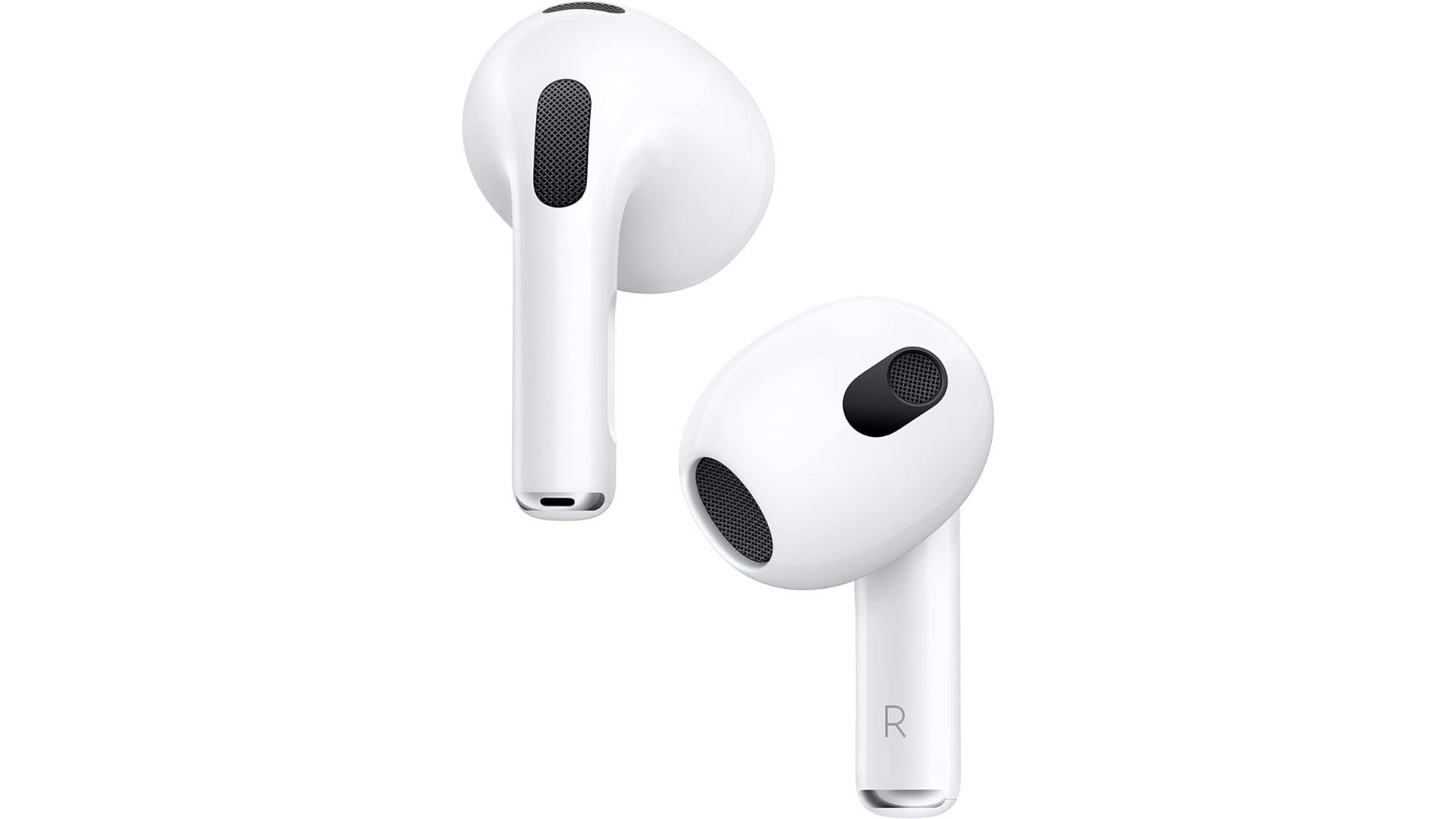Key Takeaways
- Your budget is the first step in determining which AirPods are right for you.
- Choose in-ear or over-ear headphones depending on your fit preference.
- Decide if you need active noise cancellation and consider the convenience of MagSafe or Lightning charging.
A word of advice: you can never have too many AirPods. Admittedly, this isn’t true. The most expensive way to decide which AirPods to buy is to buy them all. Of course, that’s an option. Still, most people want to buy just one pair based on the model that best suits their needs.
Since the first-generation AirPods were released in 2016, Apple has significantly expanded the AirPods line and, as of this writing, sells four options: AirPods (2nd gen), AirPods (3rd gen), AirPods Pro (2nd gen), and AirPods Max.
Each pair has pros and cons that will affect whether they’re worth your hard-earned money. Let’s break down some questions you can ask yourself that will help you decide which AirPods are right for you.
How much is the budget?
Calculate how much you can spend
Pocket Lint
At the end of the day, it’s all about money. Sadly, the easiest way to determine which AirPods are right for you is to assess your budget. Pull out your spreadsheet and find a line item for AirPods. Oh, you don’t have AirPods? Too bad.
AirPods range in price from $129 for the AirPods (2nd gen) to $549 for the AirPods Max. In between are the AirPods (3rd gen), which are slightly more expensive than the 2nd gen, starting at $169, and the AirPods Pro (3rd gen) at $249. There are lots of options to choose from.
Naturally, if you’re looking for the most economical option, the second-generation AirPods are your best bet. These AirPods feature Apple’s H1 chip that delivers five hours of listening time and double-tap gestures for controlling audio. They also come with a Lightning charging case that gives you another 24 hours of listening time. It’s fair to say that the second-generation AirPods offer exceptional value.
However, if you are on a budget, we recommend you keep reading to decide which pair to buy.
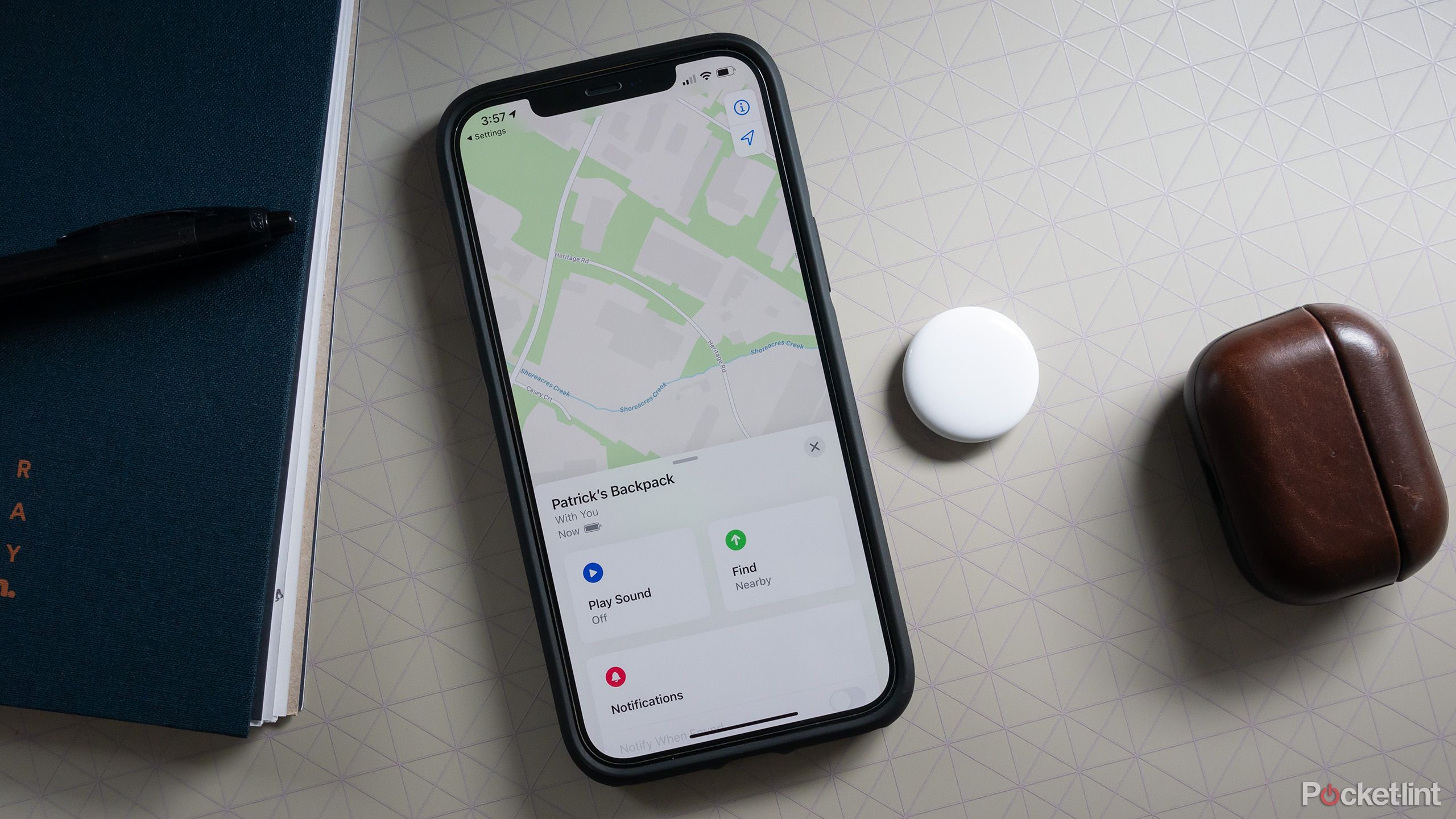
Related
Apple’s Find My network is a great way to find lost items
Apple’s Find My network is extremely powerful, allowing you to find not only your Apple devices but also lost third-party peripherals.
Do you prefer in-ear or over-ear headphones?
Determine your fit preference
If price isn’t an issue, decide between in-ear or over-ear headphones. In-ear headphones sit inside your ear and direct sound into your ear canal. In-ear headphones include AirPods (2nd gen), AirPods (3rd gen), and AirPods Pro (2nd gen).
Over-ear headphones wrap around your ears and sit on or around them. That’s what the AirPods Max are. If you’re looking for on-ear headphones, Apple doesn’t make AirPods that sit on top of your ears. But you can consider the Beats Solo 4 as a solid alternative to the AirPods. If you’re specifically looking for over-ear headphones, the AirPods Max is an easy place to land.
It’s important to point out that AirPods Max has been around for almost four years. Still, these over-ear headphones are powered by Apple’s H1 chip, offer 20 hours of listening time, and come with a leather smart case that puts them to sleep. AirPods Max are the only Apple-branded headphones/earbuds that come in a variety of colors: silver, space gray, sky blue, pink, and green. AirPods Max also support active noise cancellation, transparency mode, adaptive audio, and personalized spatial audio with dynamic head tracking.
If over-ear headphones are the deciding factor, then you have two more options. Let’s move on.
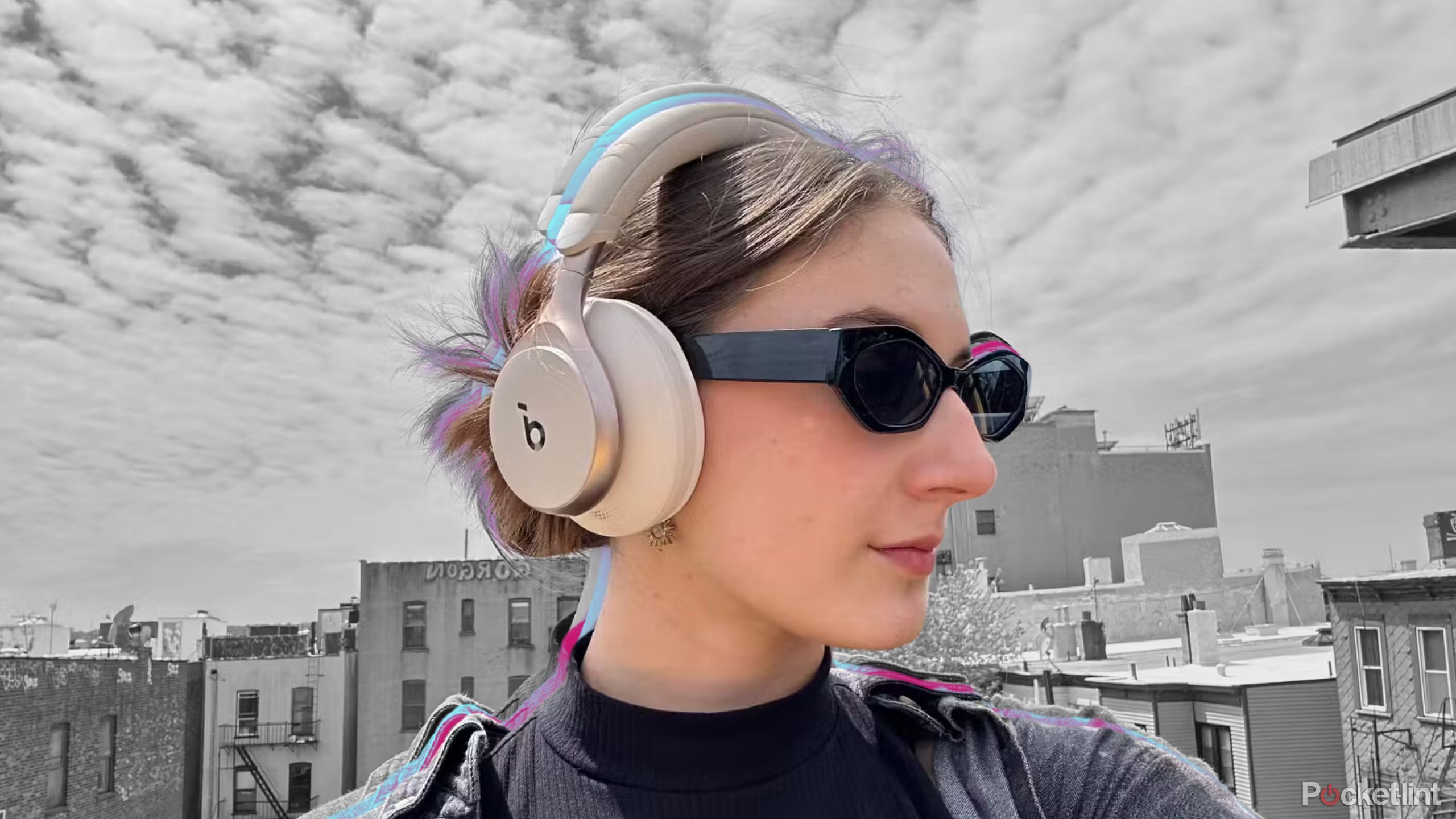
Related
Apple’s AirPods Max are currently the go-to over-ear headphones, but they’re not the only sleek and powerful option.
Do you want active noise cancellation?
Blocking out noise can be very helpful
AirPods (3rd gen) and AirPods Pro (2nd gen) are strikingly similar. They both offer personalized spatial audio with dynamic head tracking, a similar design, 6 hours of listening time on a single charge, and a charging case that lasts an additional 30 hours. Of course, there’s a reason you pay a premium for AirPods Pro: AirPods Pro (2nd gen) are dust-, sweat-, and water-resistant, compared to the sweat- and water-resistant AirPods (3rd gen).
AirPods Pro are powered by Apple’s H2 chip instead of the H1 chip found in the third-generation AirPods, and they offer some unique audio features. The second-generation AirPods Pro include active noise cancellation, adaptive audio, transparency mode, and speech recognition. If you want the latest and greatest, or the widest range of features, the AirPods Pro are the way to go.
However, AirPods Pro do have one drawback: They use silicone ear tips to ensure a snug fit in your ears. That said, for most people, the silicone ear tips are a problem because they come in extra small, small, medium, and large sizes. Apple also offers a size fit test in the Settings app for iOS and iPadOS to determine which size fits your ears best. If the ear tips are an issue, or you don’t care about active noise cancellation, there’s one more question you need to answer.
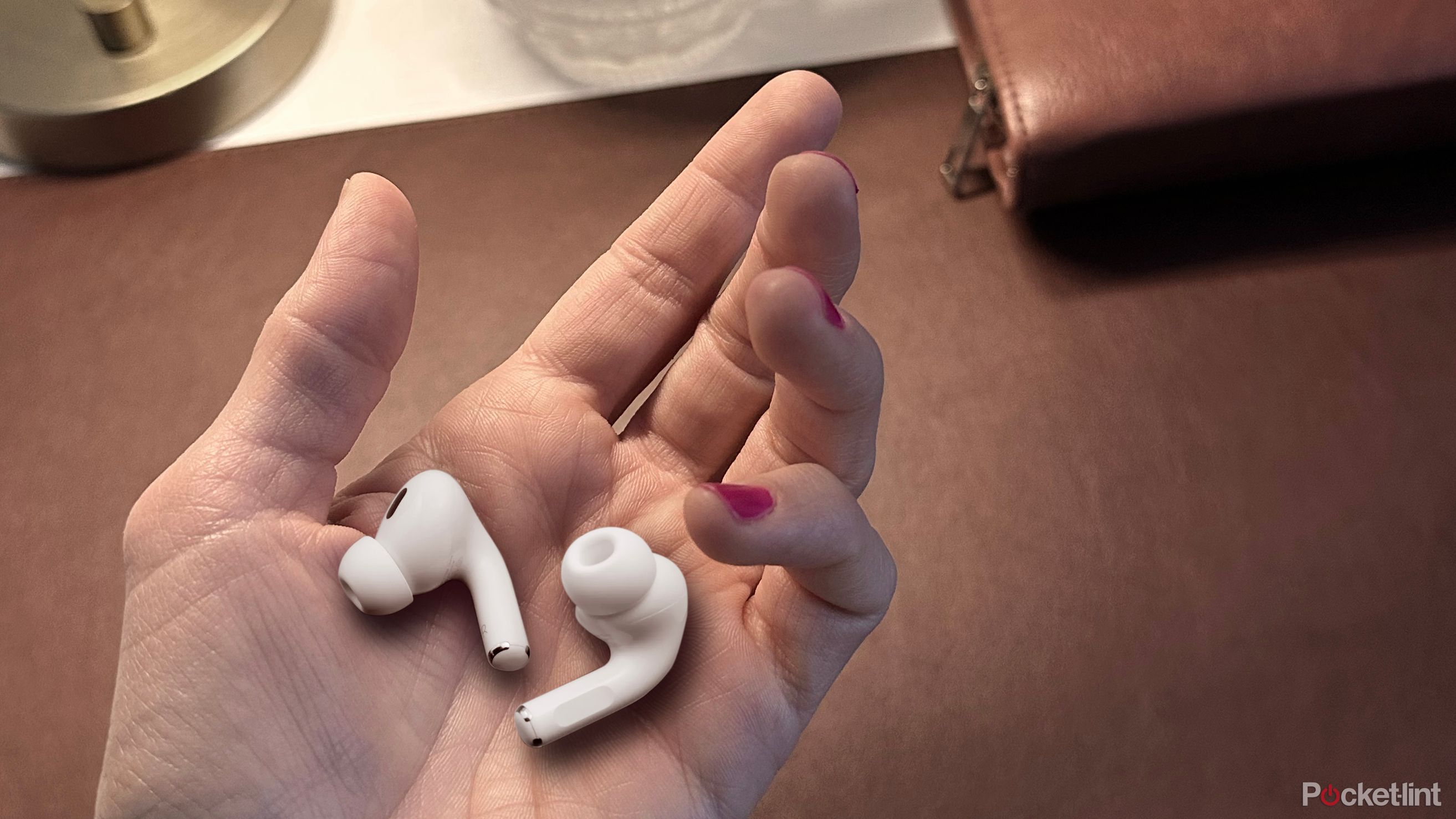
Related
Apple’s AirPods are some of the most popular wireless earbuds on the market, but unfortunately there are counterfeits out there. Are yours the real deal?
Do you want MagSafe and USB-C or Lightning?
Think about how you want to charge
If we exclude AirPods (2nd gen), AirPods Max, and AirPods Pro (2nd gen), we’re left with one option (technically two). The 3rd generation AirPods have two charging case options: MagSafe and Lightning. For $169, you can get the AirPods (3rd gen) with a charging case with a Lightning port, which is a good choice for households that have lots of devices that use Lightning cables. Or, for $179, you can get the AirPods (3rd gen) with a MagSafe charging case, which is a great choice for households transitioning from the Lightning port, since it charges with MagSafe and USB-C instead of Lightning.

Related
Why share one set of earbuds when you can pair two different AirPods with your Mac?


